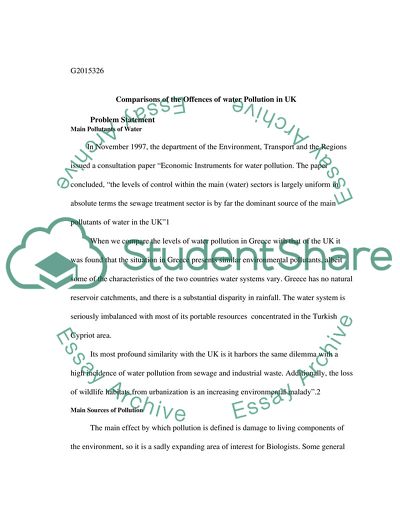Cite this document
(“Comparisons of the Offences of water Pollution in UK Essay”, n.d.)
Comparisons of the Offences of water Pollution in UK Essay. Retrieved from https://studentshare.org/environmental-studies/1502701-comparisons-of-the-offences-of-water-pollution-in-uk
Comparisons of the Offences of water Pollution in UK Essay. Retrieved from https://studentshare.org/environmental-studies/1502701-comparisons-of-the-offences-of-water-pollution-in-uk
(Comparisons of the Offences of Water Pollution in UK Essay)
Comparisons of the Offences of Water Pollution in UK Essay. https://studentshare.org/environmental-studies/1502701-comparisons-of-the-offences-of-water-pollution-in-uk.
Comparisons of the Offences of Water Pollution in UK Essay. https://studentshare.org/environmental-studies/1502701-comparisons-of-the-offences-of-water-pollution-in-uk.
“Comparisons of the Offences of Water Pollution in UK Essay”, n.d. https://studentshare.org/environmental-studies/1502701-comparisons-of-the-offences-of-water-pollution-in-uk.


